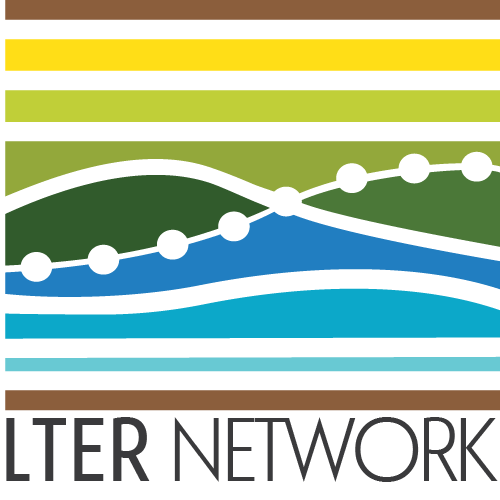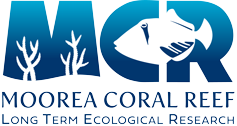First Year:
2016
Last Year:
2016
During 2016, maximum water temperature in the lagoons of Moorea exceeded a threshold for heat stress for 70 straight days from early February through mid-April. In early May 2016, at the peak of accumulated heat stress, coral bleaching surveys were conducted to test the hypothesis that bleaching prevalence and severity were correlated with differences in heat stress and nutrient availability.
This material is based upon work supported by the U.S. National Science Foundation under Grant No. OCE 16-37396 (and earlier awards) as well as a generous gift from the Gordon and Betty Moore Foundation. Research was completed under permits issued by the French Polynesian Government (Délégation à la Recherche) and the Haut-commissariat de la République en Polynésie Francaise (DTRT) (Protocole d'Accueil 2005-2019). This work represents a contribution of the Moorea Coral Reef (MCR) LTER Site.
Package Type:
Publication
Topic:
Coral
Core Research Areas:
Disturbance
Keywords:
Thermal Stress, Acropora, Pocillopora, Scleractinia, Coral Bleaching, Marine Environments, Nutrients, Temperature, Marine, Disturbance, Reef Resistance and Resilience, Population and Community Dynamics



